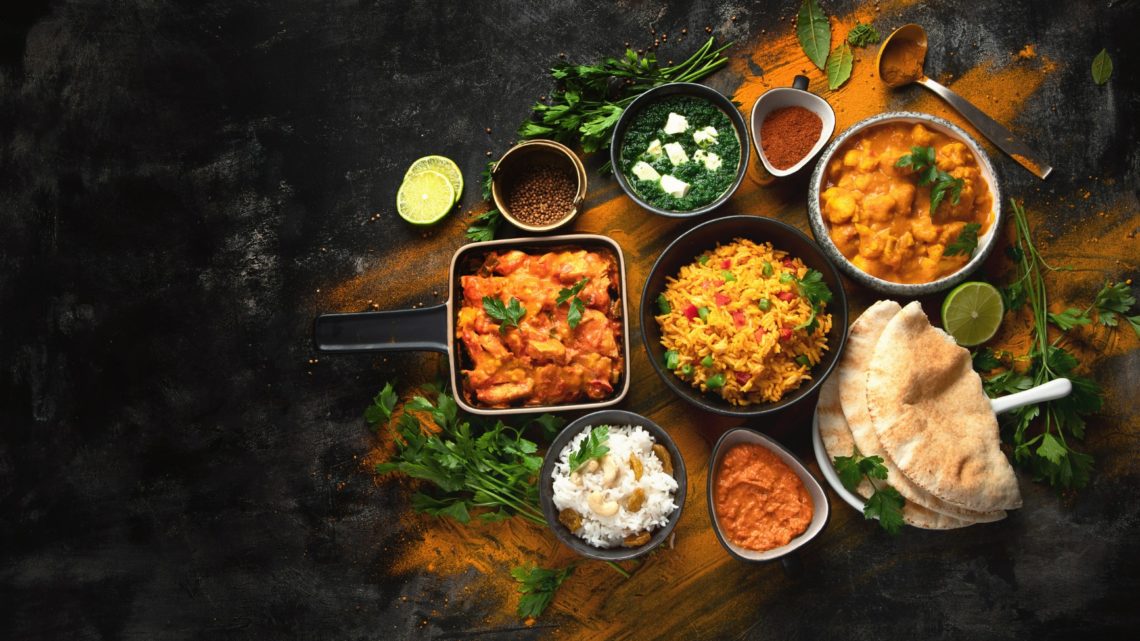
Indian cuisine
Indian cuisine has become a global phenomenon, attracting an ever-growing following thanks to its enchanting flavors, skilful use of spices and unique cooking techniques that set it apart from other cuisines around the world. In this introduction, we’ll explore the reasons why Indian cuisine has captured the hearts of gourmets the world over. We’ll discover its cultural richness, its regional culinary traditions and its central role in India’s daily life and celebrations.
Indian cuisine is famous for its complex palette of flavors that stimulate the taste buds. Each dish is a symphony of tastes, subtly combining freshly ground spices, aromatic herbs and a variety of ingredients to create unique bursts of flavor. The expert use of spices gives Indian cuisine its international reputation, lending it a depth and complexity found nowhere else.
The impact of the Indian diaspora has also played a major role in the spread of Indian cuisine around the world. Indian communities settled in various countries brought their culinary traditions with them, opening Indian restaurants and grocery stores that enabled non-Indians to discover and appreciate authentic Indian cuisine. Today, Indian cuisine can be found in many countries, offering food lovers a unique and exotic culinary experience.
In this brief presentation of India’s cultural and culinary wealth, we can’t ignore the diversity that characterizes the country. India is a kaleidoscope of cultures, languages, religions and traditions, and this is reflected in its cuisine. Each region of India has its own culinary specialties, using local ingredients, spices and specific cooking techniques to create unique dishes.

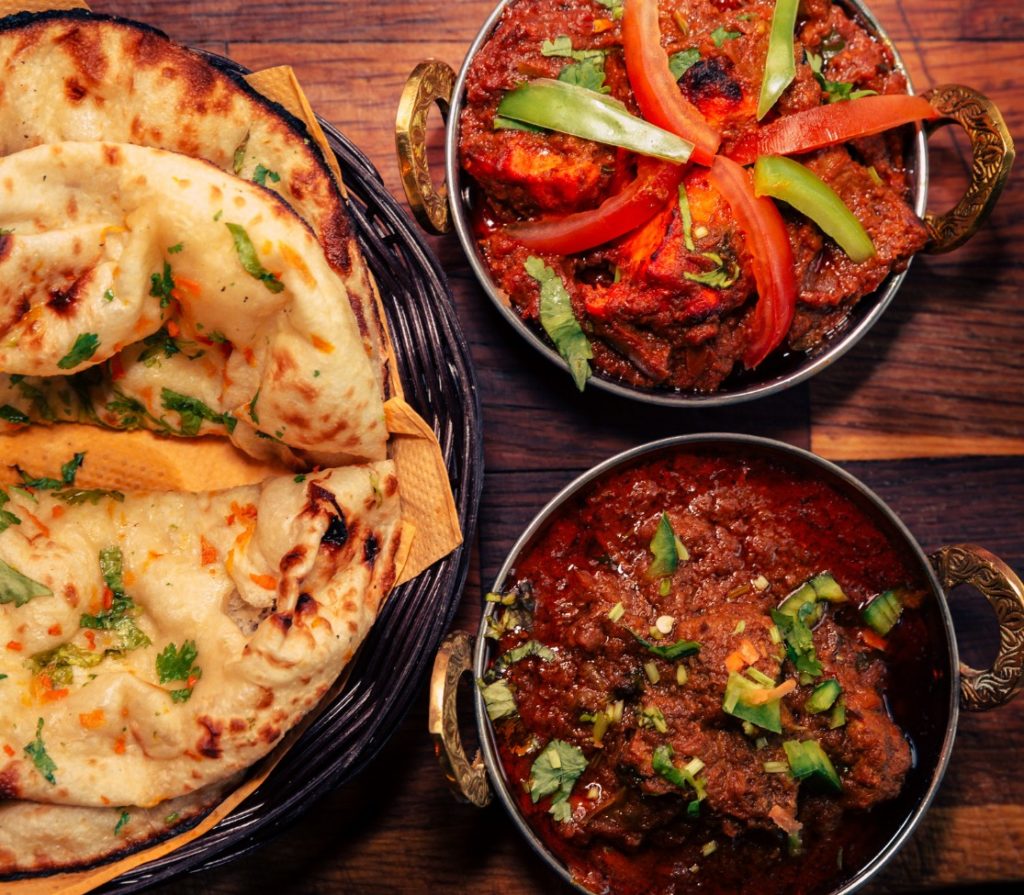
Indian Spices
Exploring the spices most commonly used in Indian cuisine
Indian cuisine is renowned for its bold and skilful use of spices. These spices play an essential role in creating complex flavors, rich aromatic profiles and authentic dishes. Here’s an exploration of the spices most commonly used in Indian cuisine:
- Turmeric:
Turmeric is one of the most recognizable spices in Indian cuisine. It gives a bright yellow color to dishes and is prized for its antioxidant and anti-inflammatory properties. Turmeric is used in curries, rice pilafs, marinades and hot drinks. - Cardamom:
Cardamom is a precious spice used to flavor sweet and savory dishes. It has a sweet, lemony aroma with a subtle floral note. Cardamom is often used to flavor desserts, hot drinks (such as the famous Indian Chai) and rice dishes. - Cumin:
Cumin is an essential spice in Indian cuisine. It has a warm, earthy and slightly bitter flavor. Cumin is used in curries, roasts, lentil dishes, breads and marinades. - Coriander:
Both fresh coriander leaves (called cilantro) and ground coriander seeds are used in Indian cooking. Coriander leaves add an herbaceous freshness to dishes, while coriander seeds have a lemony, slightly sweet flavor. Coriander is used in curries, chutneys, marinades and soups. - Cinnamon:
Cinnamon is a warm, sweet and slightly pungent spice. It is often used in Indian desserts, such as kheer (rice pudding), gulab jamun and sweet biryanis. Cinnamon adds a warm, comforting flavor to dishes. - Cloves:
Cloves have a powerful, pungent aroma. They are used whole or ground in curries, stews, rice pilafs and spicy hot drinks. Cloves add a warm, aromatic note to dishes. - Ginger:
Ginger is an aromatic root used fresh, dried or powdered in Indian cooking. It has a pungent, lemony, slightly sweet flavor. Ginger is used in curries, marinades, soups, teas and desserts. - Black pepper:
Black pepper is used to add a subtle, piquant heat to Indian dishes. It is used ground or whole in curries, marinades, meat dishes and sautéed vegetables. - Chillies:
Chillies, whether fresh, dried or powdered, are used to add heat and piquancy to Indian dishes. They are used with care to adjust the heat level to individual preferences.
The flavors, aromas and health benefits associated with each spice
In Indian cuisine, spices play an essential role in giving dishes their unique flavors, intoxicating aromas and health benefits. Each spice brings its own combination of tastes and benefits to create a complete culinary experience. Here’s a detailed description of the flavors, aromas and health benefits associated with a few spices commonly used in Indian cuisine:
- Cumin: Cumin is a spice with an earthy, slightly pungent flavor. It adds a depth of flavor to dishes and is often used in spice blends such as garam masala. Cumin is also known for its digestive benefits, promoting healthy digestion and helping to relieve stomach problems such as bloating.
- Coriander: Coriander has a fresh, lemony flavor, bringing an herbaceous note to dishes. Fresh coriander leaves are used as a garnish to add freshness. Coriander is also renowned for its antioxidant and anti-inflammatory properties, as well as its potential to lower cholesterol levels.
- Cinnamon: Cinnamon is known for its warm, sweet aroma. It adds a subtle sweetness to dishes and is often used in Indian desserts. Cinnamon is also recognized for its antioxidant and anti-inflammatory properties, as well as for its ability to regulate blood sugar levels.
- Clove: Clove has a rich, spicy flavor. It is often used in simmered dishes and marinades to add depth and heat. Cloves are also prized for their antibacterial and antioxidant properties.
- Ginger: Ginger has a pungent, slightly sweet flavor. It is used fresh, powdered or sliced in many Indian dishes. Ginger is renowned for its digestive benefits, helping to relieve nausea, upset stomach and digestive problems. It also has anti-inflammatory properties and can help boost the immune system.
- Turmeric: Turmeric is a bright yellow spice that brings vibrant color to dishes. It has a slightly peppery, bitter flavor. Turmeric is known for its powerful antioxidant and anti-inflammatory properties, as well as for its traditional use in supporting joint and liver health.
- Black pepper: Black pepper adds intense heat and a pungent aroma to dishes. It is used in many Indian dishes to add spiciness. Black pepper is also valued for its stimulating, digestive and antioxidant properties.
These spices, among many others, contribute to the flavor explosion of Indian cuisine, and also offer a range of health benefits. By exploring and experimenting with these spices, you can discover new flavors and add an extra dimension to your dishes.
The role of spices in balancing flavors and creating authentic dishes
Spices play an essential role in Indian cuisine, helping to balance flavors and create authentic dishes. Each spice is carefully selected and used to bring a specific dimension to a dish, harmonizing tastes and creating a memorable culinary experience.
The use of spices in Indian cuisine creates a subtle balance between the different flavors: sweet, hot, bitter, sour and salty. For example, the garam masala spice blend of cloves, cinnamon, cardamom, coriander, cumin and pepper adds warmth, complexity and depth to many Indian dishes. This balanced blend of flavors creates taste harmony in curries, stews and simmered dishes.
Each spice is used with precision to make its distinctive contribution. Turmeric, for example, offers vibrant color and subtle aroma, in addition to its health benefits. Cardamom adds a fresh, lemony note, while coriander lends an herbaceous flavor. Cloves add a touch of spicy heat, while ginger offers a tangy, refreshing flavor.
The judicious use of chillies means that the intensity of heat can be adjusted to suit individual preferences. Chillies can be used whole, in powder or paste form, and their quantity can be adjusted to achieve the desired level of heat. This allows dishes to be customized to suit individual preferences, whether they prefer mild, fragrant dishes or bolder, spicier ones.
Spices are also essential for creating authentic dishes and revealing the natural flavors of ingredients. They complement and enhance basic ingredients such as vegetables, meats, lentils and cereals, bringing a depth and complexity of flavor characteristic of Indian cuisine.

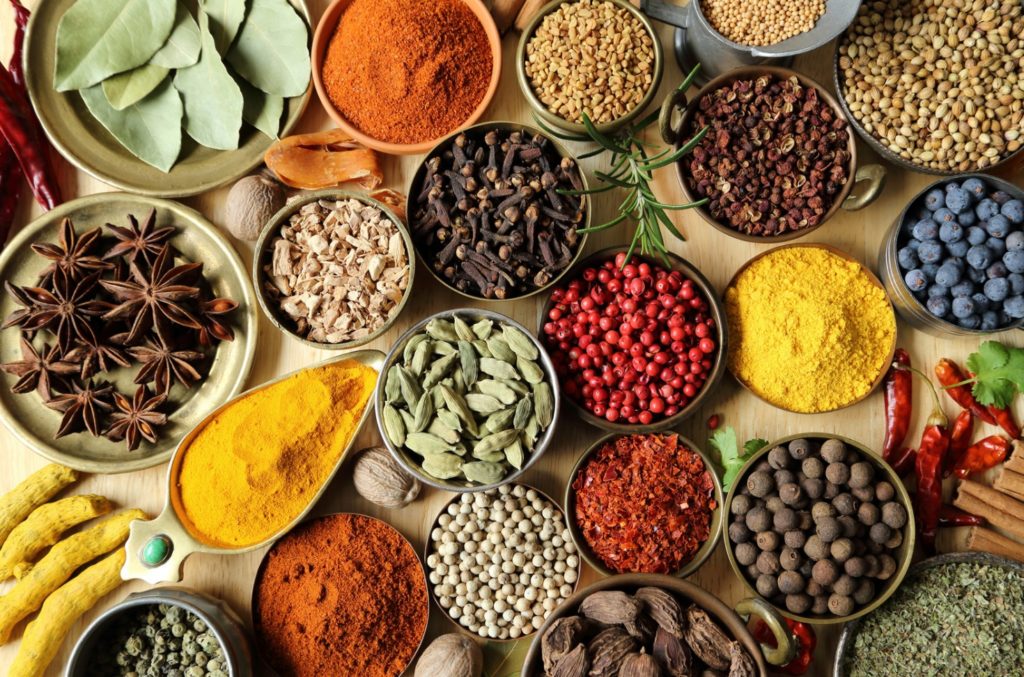
Main Indian dishes
Vegetarian dishes
- Vegetarian curry:
Vegetarian curries are emblematic dishes of Indian cuisine. They are prepared with a variety of vegetables and legumes, cooked in a spicy, flavorful sauce. Examples of vegetarian curries include Aloo Gobi (a potato and cauliflower curry), Paneer Tikka Masala (a paneer cheese curry in a creamy sauce), and many others. Each vegetarian curry offers a unique combination of flavors and spices that satisfies the taste buds. - Dal:
Dal is a spicy, creamy lentil dish, often served with rice or Indian bread. Lentils come in different varieties, such as coral lentils (dal makhani), yellow lentils (tarka dal), or broken lentils (dal tadka). Dal is an important source of vegetable protein and is appreciated for its simplicity and delicacy. - Vegetarian biryani:
Biryani is a spicy, fragrant rice dish, usually prepared with vegetables, spices and herbs. The rice is carefully cooked with the vegetables and spices, creating an aromatic and flavorful dish. Vegetarian biryani can be enhanced with vegetables such as carrots, peas, potatoes and onions, offering a delicious combination of textures and flavors. - Dosa and idli:
Dosa is a thin, crispy pancake made from a fermented rice and lentil paste. It is often served with a variety of chutneys and sauces, offering a unique taste experience. Idlis, on the other hand, are light, fluffy steamed balls of rice and lentils. These two South Indian dishes are popular for their simplicity and delicious taste.
Non-vegetarian Indian main courses
- Chicken curry:
Chicken curries are among the most popular dishes in Indian cuisine. They come in a variety of variations, each offering a unique combination of spices and flavors. Among the best-known examples are Butter Chicken, a dish of chicken cooked in a creamy butter and spice sauce, and Chicken Tikka Masala, which consists of pieces of chicken marinated in spices and cooked in a smooth, spicy tomato sauce. - Lamb curry:
Lamb curry is a dish appreciated for its tenderness and rich flavors. Rogan Josh is one of the most popular lamb curries, originating in Kashmir. It features a spicy sauce made with yoghurt, tomatoes and a blend of spices. Another famous dish is lamb biryani, where lamb is cooked with fragrant basmati rice and spices, creating a deliciously aromatic dish. - Tandoori fish:
Tandoori fish is a classic Indian dish where fish is marinated in a mixture of spices, yogurt and lemon juice, then cooked in a traditional tandoor oven. This cooking method gives the fish a smoky flavor and tender texture. The varieties of fish used can vary, from salmon to sea bass to tilapia. - Indian kebabs :
Indian kebabs are marinated and grilled meat skewers, offering a unique combination of flavors and textures. Among the most popular kebabs is the seekh kebab, made from ground meat (usually lamb or chicken) mixed with spices and herbs, then grilled. There’s also tikka kebab, which consists of marinated and grilled cuts of meat, such as chicken tikka or lamb tikka.
Popular Indian street food
- Golgappa (Pani Puri):
Golgappa, also known as pani puri, is a popular Indian snack. It consists of small crispy balls filled with potatoes, spicy chutney and a sweet and sour sauce called pani. Golgappa is usually eaten in a single bite, creating an explosion of flavors in the mouth. - Samosa:
Samosas are crispy dough triangles filled with a delicious spicy filling, usually potatoes, peas and spices. These savory snacks are often accompanied by chutney and are very popular throughout India. Samosas are appreciated for their crunchy exterior and savory interior. - Vada Pav:
Vada pav is a street specialty from the western Indian state of Maharashtra. It consists of a fried fritter called vada, made with lentils, spices and herbs, served in a bun called pav. The vada pav is often accompanied by chutney and condiments, offering a combination of spicy and sweet flavors. - Pav Bhaji:
Pav bhaji is a popular street food in Mumbai and other parts of India. It consists of a mixture of cooked and mashed vegetables, seasoned with aromatic spices, served with toasted rolls called pav. Pav bhaji is an explosion of flavor, with a combination of tender vegetables and rich spices.

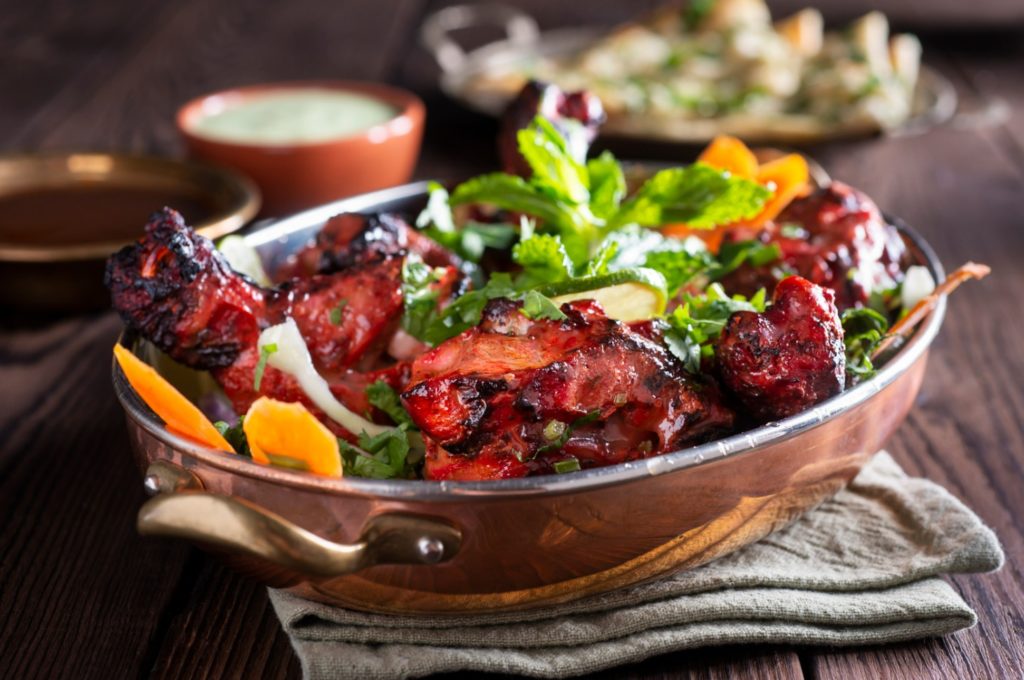
Regional diversity of Indian cuisine
A. North Indian cuisine
North Indian cuisine is renowned for its abundant use of wheat, dairy products and meats. This section focuses on the importance of these ingredients in North Indian cuisine and the Mughal influences that have shaped this distinctive culinary region.
In North Indian cuisine, wheat is a widely used staple ingredient. It is used to prepare traditional breads such as naan, roti and paratha. These breads often accompany main courses and serve as the basis for delicious curries and various meat and vegetable preparations.
Dairy products also feature prominently in North Indian cuisine. Ghee (clarified butter) and milk are used to enrich dishes, giving them a creamy texture and rich flavor. Paneer, a fresh Indian cheese, is a key ingredient in many popular vegetarian dishes such as palak paneer (spinach with cheese) and matar paneer (peas with cheese).
As for meats, mutton and chicken are the most commonly used in North Indian cuisine. Dishes such as butter chicken, chicken tikka masala (chicken marinated in a spicy sauce) and rogan josh (spicy lamb curry) are prized for their savory flavors and tenderness.
North Indian cuisine was profoundly influenced by the Mughal dynasty, which ruled India for several centuries. The Mughals brought with them a refined and elaborate cuisine, which has left an indelible mark on North Indian cooking.
Mughal dishes were characterized by the use of rich spices, nuts and dairy products. Kebabs, such as seekh kebab and tandoori chicken, were introduced by the Mughals and became emblematic dishes of North Indian cuisine. Biryanis, fragrant rice dishes prepared with meat or vegetables, are another Mughal culinary heritage.
Mughal influences have also given rise to sumptuous desserts such as shahi tukda (toasted bread dipped in sweet syrup and garnished with dried fruit) and kulfi (an Indian ice cream made from milk).
B. South Indian cuisine
South Indian cuisine is renowned for its unique flavours and rich use of rice, lentils and coconut. This section highlights the importance of these ingredients in South Indian cuisine, as well as the differences between the spicy, tangy dishes of Tamil Nadu and the coconut-based dishes of Kerala.
- Predominant use of rice, lentils and coconut:
Rice is a central component of South Indian cuisine. It is used to prepare a variety of dishes, such as dosa and idli. Dosa is a thin, crispy pancake made from a fermented paste of rice and lentils. It is often accompanied by chutneys and sambar, a spicy lentil and vegetable soup. Idli, on the other hand, is a small, moist cake made from fermented rice and lentil dough.
Lentils, such as urad and toor lentils, are also widely used in South Indian cuisine. They are often used to prepare spicy, creamy lentil dishes such as sambar and rasam.
Coconut is an essential ingredient in many South Indian dishes. It is used in the form of coconut milk, shredded coconut or coconut oil. It gives dishes a sweet flavor and a creamy texture. Coconut chutney is often served with South Indian dishes to add a refreshing flavor.
Tamil Nadu and Kerala are two South Indian states with distinct cuisines. Tamil Nadu is renowned for its spicy, tangy dishes. Dishes such as rasam (spicy tamarind soup) and vatha kuzhambu (spicy sour curry) are examples of typical dishes from this region. Spicy, tangy flavors are often achieved using spices such as red chili, black pepper and coriander powder.
Kerala, meanwhile, is famous for its coconut dishes. Coconut curry dishes, such as avial (a mixture of vegetables cooked in a coconut sauce) and thoran (a mixture of spiced vegetables with grated coconut), are very popular in this region. Seafood is also abundant in Kerala cuisine, with dishes such as fish in coconut curry.
C. East Indian cuisine
East Indian cuisine is a delicious fusion of unique flavors and traditional cooking techniques. This region is renowned for its fish dishes, particularly Bengal, and for its bold use of mustard. In addition, East Indian cuisine is also influenced by Bihar and West Bengal cuisine, adding a variety of flavors and specialties.
Bengal is famous for its fish dishes, given its proximity to the sea and rivers. The people of Bengal have a passion for fish, and have developed a remarkable expertise in preparing fresh and tasty fish dishes. Some emblematic dishes include:
- Machher Jhol: This is a delicate, spicy fish curry prepared with vegetables, spices and a tomato or mustard base. Machher Jhol is a staple of Bengali meals and is often accompanied by rice.
- Shorshe Ilish: Hilsa (or Ilish) is considered the king fish of Bengal, and Shorshe Ilish is its most popular dish. The dish is prepared with a mustard sauce, mustard paste, turmeric and spices. The fish is then steamed or fried to enhance its flavor.
Eastern Indian cuisine is also influenced by the cuisines of Bihar and West Bengal. These neighboring regions bring their own specialties and culinary techniques. Here are just a few examples of dishes from this influence:
- Litti Chokha: Originally from Bihar, Litti Chokha is a traditional dish made from toasted wheat flour stuffed with lentils, garlic paste and chutney. Littis are baked in a traditional charcoal oven and served with chokha, a spicy puree of eggplant, potatoes and tomatoes.
- Rasgulla: West Bengal is renowned for its desserts, and Rasgulla is one of the most famous. These are balls of cottage cheese (chhana) baked in a sweet syrup flavored with cardamom. Rasgulla is soft, delicate and melts in the mouth.
Eastern Indian cuisine offers a variety of flavors, from aromatic fish dishes to sweet specialties. Regional influences bring a unique richness and diversity to this cuisine, making every meal worth exploring and savoring.
D. Western Indian cuisine
Western Indian cuisine is renowned for its culinary diversity and spicy flavors. This section highlights two distinct aspects of West Indian cuisine: the spicy dishes of Rajasthan and Gujarat, and Mumbai’s iconic street food.
- Rajasthan:
Rajasthan is known for its robust, spicy cuisine, which reflects the region’s arid climate. One of Rajasthan’s most famous dishes is daal baati, consisting of spiced lentils (daal) accompanied by baked wheat dough balls (baati). It’s a hearty, flavorful dish often served with ghee (clarified butter) and chutney. Gatte ki sabzi, a curry made with chickpea flour dumplings, is another popular Rajasthani dish. - Gujarat:
Gujarati cuisine is known for its creative use of spices and distinctive sweet-savory flavor. Dhokla is one of Gujarat’s signature dishes. It is a light, spongy cake made from fermented chickpea flour, usually seasoned with mustard, sesame seeds and coriander. Handvo, a salty cake made from lentils, rice and vegetables, is another popular dish in this region. Gujarati dishes are often accompanied by sweet and tangy chutneys, such as tamarind chutney and mango chutney.
Mumbai, the capital of the state of Maharashtra, is famous for its vibrant and varied street food. Many of Mumbai’s street dishes are both tasty and spicy, offering a unique culinary experience. The vada pav is one of Mumbai’s most popular snacks. It consists of a vada (spicy potato fritter) served between a pav (round bun) and accompanied by chutney. Pav bhaji is another iconic Mumbai dish, consisting of a mixture of vegetables cooked in a spicy sauce, served with toasted pav and butter. Other famous Mumbai street foods include sev puri (small discs of bread topped with vegetables, chutneys and sev, a crunchy snack), and bhel puri (a mixture of puffed rice, vegetables and chutneys).

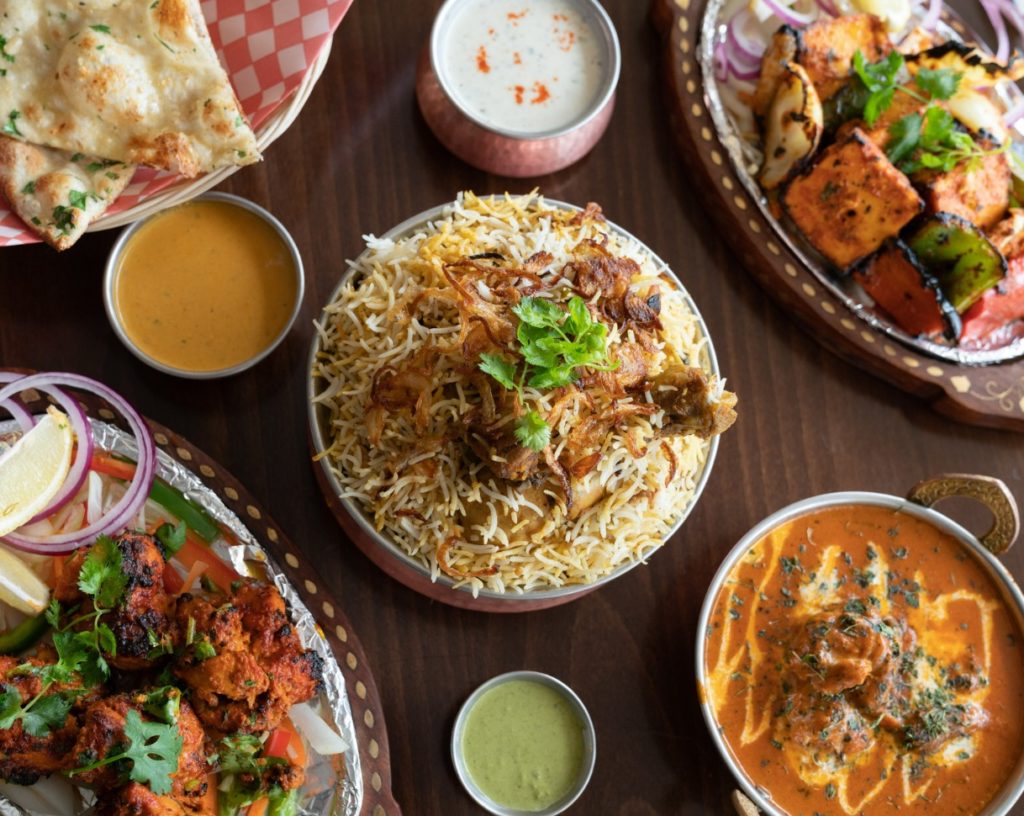
Indian desserts
Indian desserts are an essential part of Indian cuisine, renowned for their richness of flavor, sweetness and variety. They are often prepared with dairy products such as milk, ghee (clarified butter), paneer (cottage cheese) and khoya (condensed milk). Sugar, dried fruit and aromatic spices are also widely used to create indulgent desserts. These sweet delights play an important role at festivals, celebrations and special occasions in India.
Traditional Indian desserts have been enjoyed for centuries and are an integral part of Indian culinary culture. Here are two popular examples of traditional Indian desserts:
- Gulab Jamun: Gulab Jamun is an iconic Indian dessert. It is prepared by frying balls of dough made from reduced milk (khoya) or powdered milk, then dipping them in a syrup scented with cardamom and rose. Gulab Jamuns are soft, sweet and often served hot.
- Jalebi: Jalebis are crispy fried spirals dipped in a sweet syrup. They are made from a fermented wheat flour dough that is shaped into a spiral and fried until golden and crisp. Jalebis are appreciated for their sweet flavor and crunchy texture.
Indian desserts are generally made with dairy products, such as milk, ghee and khoya. These ingredients bring a creamy richness and natural sweetness to desserts. Sugar is used generously to sweeten desserts, whether incorporated into the batter or used to prepare a fragrant syrup. In addition, dried fruits such as almonds, pistachios, cashews and raisins are often used to garnish desserts, adding a crunchy texture and extra flavor.
In India, desserts play a central role in festivals, celebrations and special occasions. Whether at religious festivals, weddings or family celebrations, desserts are offered to symbolize joy, abundance and sweet festivities. They are shared among loved ones and guests to celebrate life’s special moments. Indian desserts create a social bond and are often associated with rituals and cultural traditions.
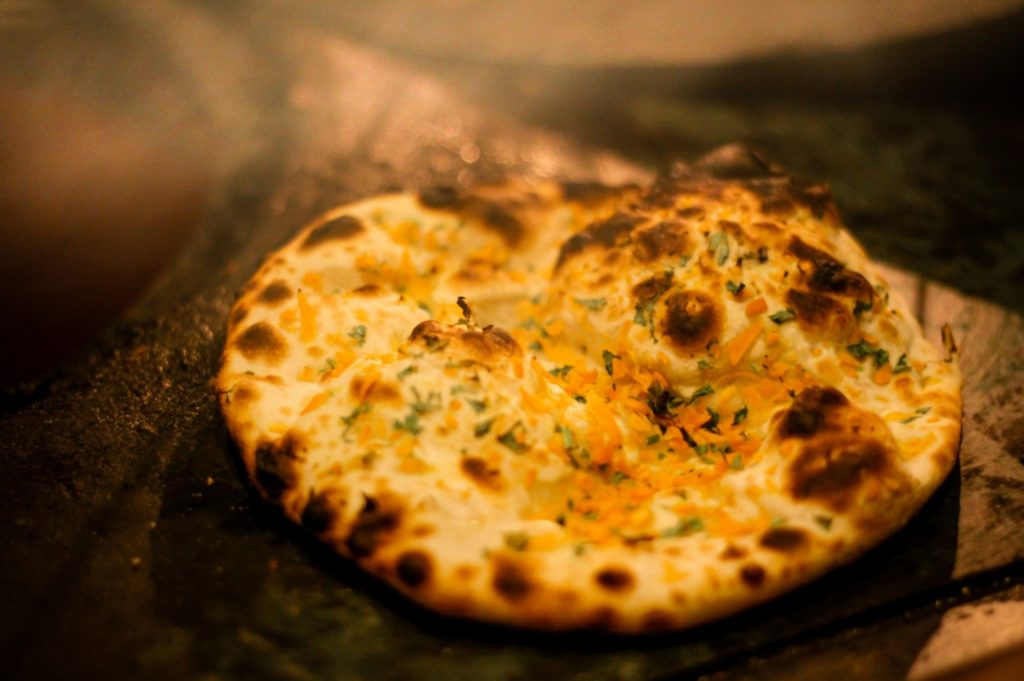
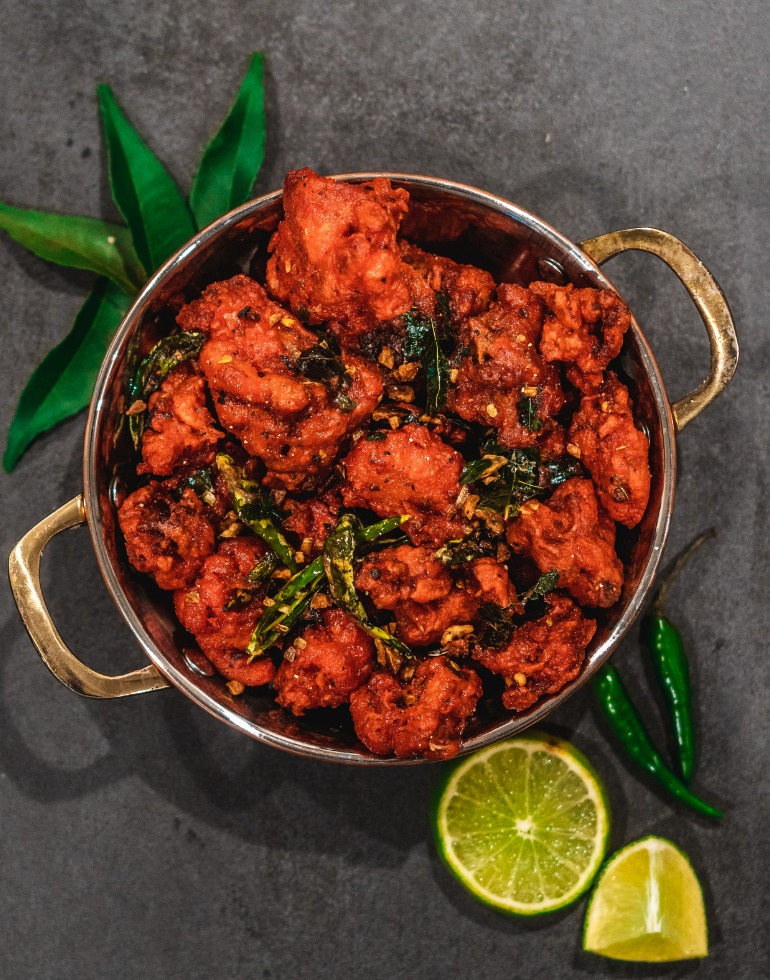
–
Indian cuisine is much more than a simple culinary experience. It’s a sensory journey that transports you to the picturesque regions of India, allowing you to discover a diversity of flavors, spices and culinary traditions.
See also our selection of food tours in India.